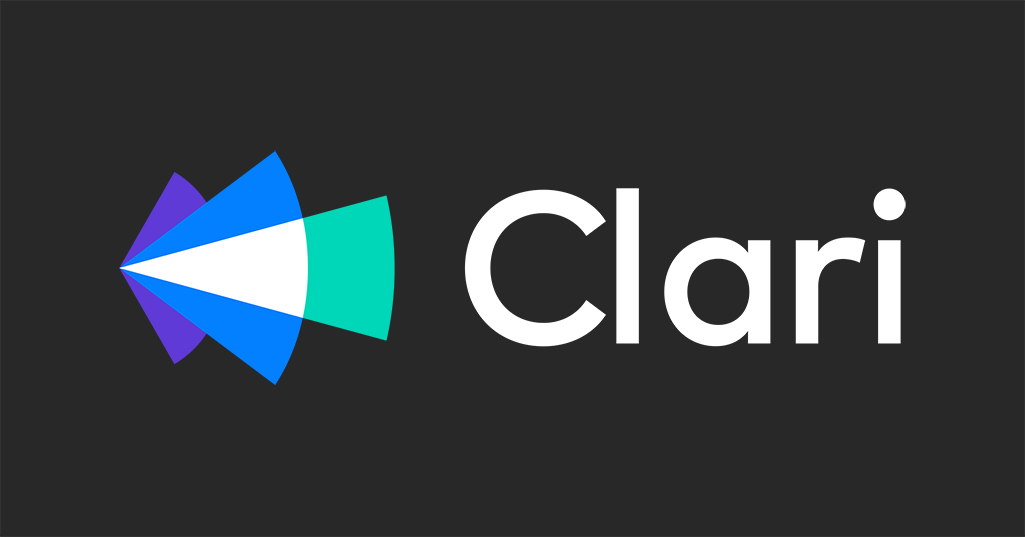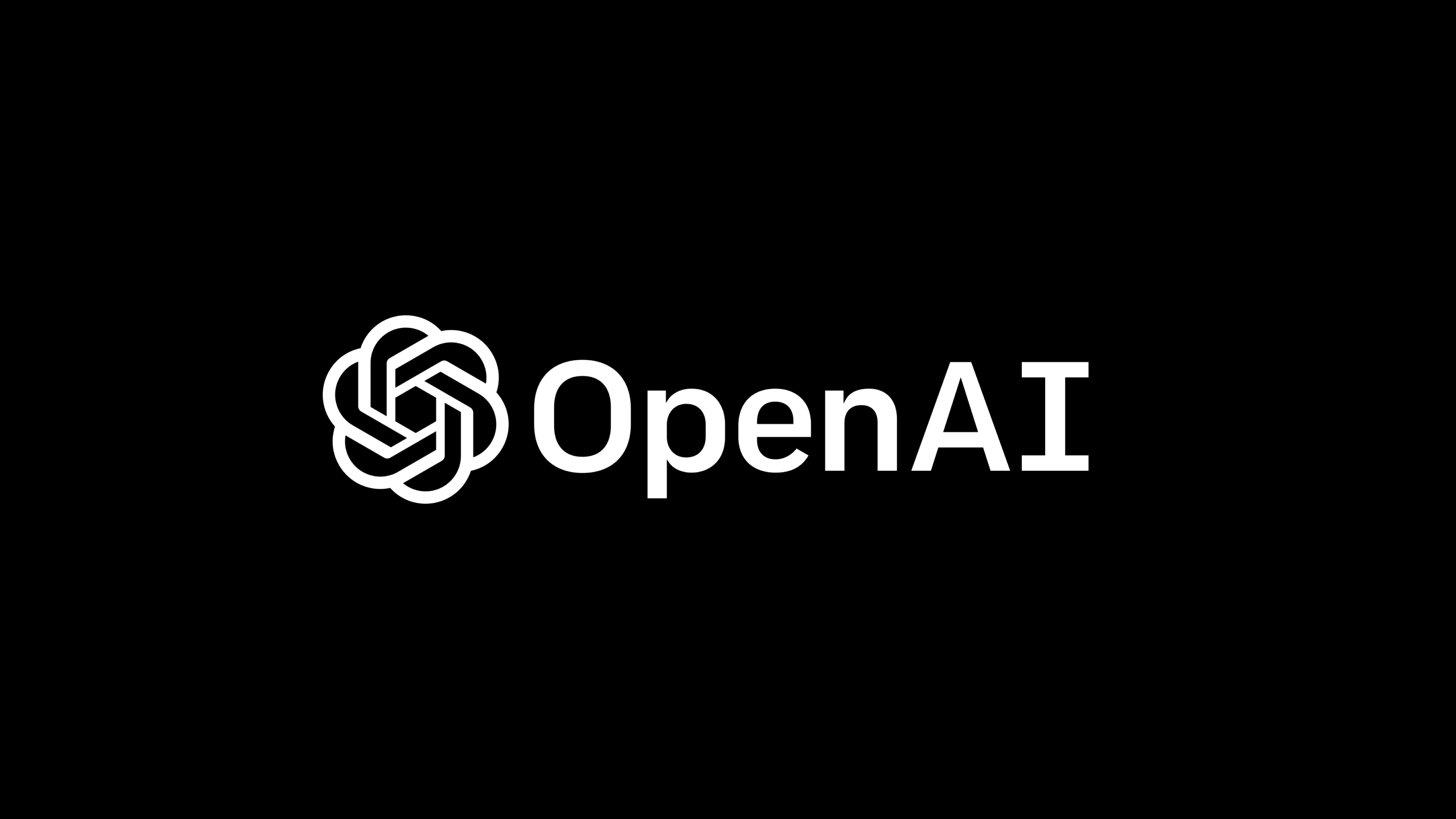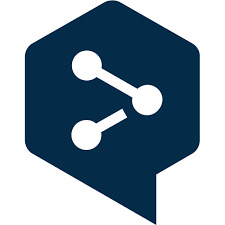Artificial intelligence (AI) in businesses
#Marketing | #Digitalbusiness
Artificial intelligence (AI) is the attempt to replicate human behavior with technical possibilities. This opens up new opportunities for companies and marketers. OMR shows the most important basics of artificial intelligence and lists useful tools, training courses and resources on the subject.
What is artificial intelligence?
“I, Robot”, ‘Ex Machina’, ‘Her’ - what these films showed as science fiction not so long ago is no longer a future scenario today. With ChatGPT from OpenAI, many people have had their first contact with artificial intelligence.
But what exactly is Artificial Intelligence (AI)?
The exact definition of AI is difficult to grasp. However, this explanation comes closest to most approaches:
“Artificial intelligence is the attempt to imitate human abilities with technical possibilities.”
Definition von KI
from the OMR Report "KI im Marketing"
Classification of artificial intelligence
There are several approaches behind the term artificial intelligence. In general, it always involves a simulation of human intelligence and problem-solving skills.
This is made possible by machine and deep learning. Both are sub-areas of artificial intelligence.
However, AI models can not only sort, recognize and organize data - they can also create content themselves. This is called generative AI.
Generative AI is a sub-area of deep learning. This category also includes tools such as ChatGPT or Midjourney. They create texts, images, videos, sound, graphics, data processing and evaluations based on instructions (prompts).

State of AI mit Pip Klöckner
June 10, 2024 | 45:37
Wie sind die aktuellen Entwicklungen rund um AI einzuordnen und was bedeuten sie für Marketeers? Seit ChatGPT in der breiten Masse angekommen ist, haben die Entwicklungen rasant an Fahrt gewonnen. Ums
Listen to episode
Wo stehen wir beim Thema KI, Pip Klöckner? (#807)
June 04, 2025 | 01:01:28
Im Live-Podcast auf dem Ruhrsummit spricht Tech-Analyst Philipp Klöckner über die Übermacht der großen Tech-Konzerne, die in den vergangenen Jahren selten so stark gefährdet war wie aktuell durch die
Listen to episodeHow AI works
In contrast to conventional IT systems, AI programs find their own rules through training. They therefore do not simply follow rigid rules set by humans.
Neural networks help with this. Similar to the human brain, a neural network can be fed with data and thus “trained”.
Example of how it works
AI models can apply the patterns recognized during training to unknown data. For example, if the AI system sees a picture with a dog and “learns” the combination with the label, it can also recognize any pictures with dogs as such in the future.
It analyzes the characteristics of the images (e.g. the shape of the ears and noses) that it has labeled with “dog”. Once the model has been trained on enough data, it can recognize better and better whether a new, unfamiliar image shows a dog or not.
AI applications
AI applications can be found in almost all sectors of working life. In addition to industry, they are particularly widespread in digital business. Digital companies have data that they can process and evaluate with the help of artificial intelligence.
Incidentally, according to the Federal Statistical Office, around 12% of all companies in Germany use artificial intelligence in their business processes. But this figure is probably even higher if you include the small use cases.
Here are four relevant areas and suitable tools for the use of artificial intelligence in companies:
1. Data analysis and predictions
The most important application of artificial intelligence lies in the analysis and evaluation of data. AI algorithms can handle large amounts of data more efficiently than humans.
Tools use AI to recognize patterns in the data and can make predictions on this basis, for example. Among other things, this helps companies to ...
- Analyzing customer data.
- Forecasting purchase and click behavior.
- Evaluating performance and purchase data.
- Object recognition and processing of visual content, for example to categorize products.
2. Personalized customer approach and campaigns
The second major application of AI is in personalization. By analysing customer data, tools can create personalized recommendations and marketing campaigns.
This affects the entire value chain, from brainstorming and strategy creation to campaign implementation and the sales process. In sales, for example, this enables a personalized approach, which generally results in higher chances of success.
3. AI content creation and text analysis
Because artificial intelligence can also create content, it is used in content production. AI models can create texts, videos, images, etc. for a company based on keywords and briefings. For example:
- Blog texts and articles
- Social media posts
- Emails and newsletters
- PR texts, advertising slogans and headlines
- Images and graphics
- Videos and animations
It is also possible to optimize texts with AI tools. Among other things, AI writing assistants adapt texts linguistically and stylistically to the tonality of the company or target group. Content can also be edited, translated or analyzed.
4. AI chatbots in customer service
Chatbots are computer programs that can respond to questions in a “human” way. They have access to extensive data and can therefore provide personalized answers to customers' questions. They thus relieve the burden on customer service.
In addition to external use cases in customer service, chatbots with artificial intelligence are also used internally - for example, to answer employees' questions that are repeatedly asked within a company. This can save employees a lot of time searching for information.
5. AI in marketing
According to a McKinsey study, most use cases for AI in companies are in marketing. Artificial intelligence can provide support in social media marketing, search engine optimization and performance marketing. For example, in the production of content, content recycling or data analysis. Examples include
- Generating social media posts
- Adapting texts to the corporate language
- Researching keywords
- Brainstorming/researching marketing content
6. Automation with AI
Companies derive great added value from AI when they combine it with automation. Many CRM tools already have small automations integrated with AI. For example, entered data can be intelligently evaluated. With the help of automation tools, however, companies can implement automation across all software - for example in accounting, support, sales or marketing. Examples include
- Automated creation of social media posts
- Categorization of incoming invoices with the help of AI
- Automatic response to support requests using AI
- Automated creation of quotations
Fundamentals of artificial intelligence
AI is not just AI, as many people already know. If you have already looked into the topic, you will have come across various terms related to artificial intelligence:
- Machine and deep learning with neural networks
- generative AI
- natural language processing (NLP)
- large language models (LLMs)
- weak and strong AI
The better you understand how exactly AI systems work, the more efficiently you can use them for your specific use cases in your day-to-day work.
Difference between machine and deep learning
Machine and deep learning are sub-areas of artificial intelligence, with deep learning being a special form of machine learning. Both disciplines are united by the fact that they are based on so-called neural networks.
Roughly speaking, the algorithms are based on the way the human brain works. They consist of many different units (artificial neurons) that are networked with each other and exchange information.
Neural networks
The neural network enables the central function of artificial intelligence to “learn” from data and apply the learned patterns to new, unknown data.
Machine learning and deep learning differ in the type of neural networks, with deep learning algorithms being more complex and therefore able to work primarily with large amounts of data.
More on the differences between machine and deep learning
This is generative AI
In many cases where companies come into contact with artificial intelligence, it is generative AI.
According to Bitkom, generative AI is a branch of AI that is designed to generate new data or content.
“Gen AI” systems can generate texts, images, music, software code or even videos that look original and often deceptively ‘real’. You have probably already noticed this yourself when using AI tools such as ChatGPT or Gemini.
However, they only imitate patterns that they have learned in the training data.
Differences to traditional AI
Gene AI systems are also based on deep learning algorithms and neural networks. The table shows the key differences between the two forms of artificial intelligence.
This is a Large Language Model (LLM)
In addition to these concepts, so-called large language models (LLMs) are among the basic concepts of artificial intelligence. They can be used to understand user input and generate output.
Basically, you can think of LLMs as giant probability machines. They analyze input in text form using natural language processing and then spit out the words, sentences or texts that are most likely to follow.
Example of how LLMs work
If an LLM receives the sentence beginning “Yesterday I went to the ...”, it analyzes the words in the data records that could follow. In this case, it could predict words such as “park”, “supermarket” or “forest” as the next words. The selection depends, among other things, on which continuation occurs most frequently in the training data.
Beware of hallucinations
This is precisely the crux of the matter with LLMs - because the content generated by artificial intelligence is based on probabilities and therefore not always on facts. This can lead to plausible-sounding but false statements.
This phenomenon is known as hallucinations in artificial intelligence. So before you use the output of LLMs, you should definitely check the generated content again for its truthfulness.

KI-Fehler, die auch du machst mit Jens Polomski
February 05, 2024 | 31:49
Welche Fehler gilt es zu vermeiden, wenn man KI in Workflows im Unternehmen integrieren möchte? KI kann bei der täglichen Arbeit ein sehr wertvoller Werkzeugkasten sein, aktuell herrscht aber noch vie
Listen to episodeNatural Language Processing (NLP)
An important basis of LLMs is natural language processing (NLP). Algorithms recognize the functionality and semantic relationships of words and terms. This means that they know whether a term is a name or a company, for example, and can classify it accordingly. Only then can AI systems understand, interpret and generate human input.
Weak and strong artificial intelligence
Another typical classification is the distinction between weak and strong artificial intelligence.
- Weak AI systems are not capable of completely imitating or surpassing human intelligence. They are specified for certain tasks or problems. Almost all applications of artificial intelligence that we know of today fall into this category.
- So far, strong AI systems are a purely theoretical concept. Strong AI systems should be able to fully imitate or even surpass human intelligence. This type of AI would therefore be capable of performing any mental task that a human being can solve.
AI in business and marketing
For many companies, integrating artificial intelligence into business processes is a real challenge. Some decision-makers equate the use of AI tools such as ChatGPT with the successful integration of AI in the company.
But this is a mistake!
Both managers and teams need to learn new skills, develop further and, above all, determine the framework conditions for the use of AI.
“Artificial intelligence is influencing the entire business model and value chains of companies.”
Anna Rüde
AI Strategy Beraterin and Expert for OMR Education
Building an AI culture
A key approach recommended by experts for companies is to build an AI-enabled culture. Put simply, this principle works in three steps:
- In the first step, employees in the company acquire expertise in artificial intelligence. This works through AI training, for example.
- With more expertise in the team, acceptance and understanding of the topic increases within the workforce.
- Acceptance and skills enable the teams to identify initial (more complex) use cases. The resulting practical examples in turn promote expertise on the topic and the cycle starts all over again.
Typical examples of skills that companies need to learn are skills such as prompting, process optimization, agile working, data management or technical and strategic know-how on how artificial intelligence works. A general overview of AI is useful in any case.

Omr Deep Dive | Introduction: Artificial Intelligence & Marketing
The OMR Deep Dive online seminar offers you basic practical impulses on the topics of AI introduction, prompting, and the use of AI using various cases.
from €249.00

OMR Academy | Understand, implement and use AI
from €699.00

OMR Academy | AI in content creation
from €699.00
Conclusion and further resources
Artificial intelligence is a technology that is bringing about far-reaching changes for companies and the world of work.
New processes, an adapted culture, use cases and tools are needed to integrate AI into the company and generate benefits from it. This often sounds much easier than it is, because artificial intelligence will change or at least affect every area of a company in the long term.
As a digital company, you need to keep pace with the latest developments in order not to be left behind.
Tl;dr
Too long, didn't read - the most important questions at the end:
1. What is artificial intelligence (AI)?
Artificial intelligence (AI) is the attempt to replicate human behavior and problem-solving skills using technical means. It can take on tasks that were traditionally only performed by humans, such as recognizing patterns or creating content.
2. What areas of application are there for AI in companies?
Artificial intelligence is used in companies for the automation of business processes, data analysis, personalized customer approach, product development and support for tasks such as content generation and customer service.
3. What are the prerequisites for the successful integration of AI in companies?
The successful integration of AI requires an AI-capable corporate culture, continuous training and the identification of specific use cases. It is the people in the company who have to drive innovation and make ethical decisions.
4. What is the difference between machine learning and deep learning?
Machine learning is a branch of AI in which computers learn from data without being explicitly programmed. Deep learning is a specialized form of it that uses complex neural networks to recognize patterns in large, unstructured data sets.
5. What is generative AI?
Generative AI is a technology that can generate new content such as text, images or videos based on patterns learned from training data. It uses complex algorithms such as transformer models and often works with Large Language Models (LLMs) to produce human-like results.
RT
Author
Robert Tusch





















